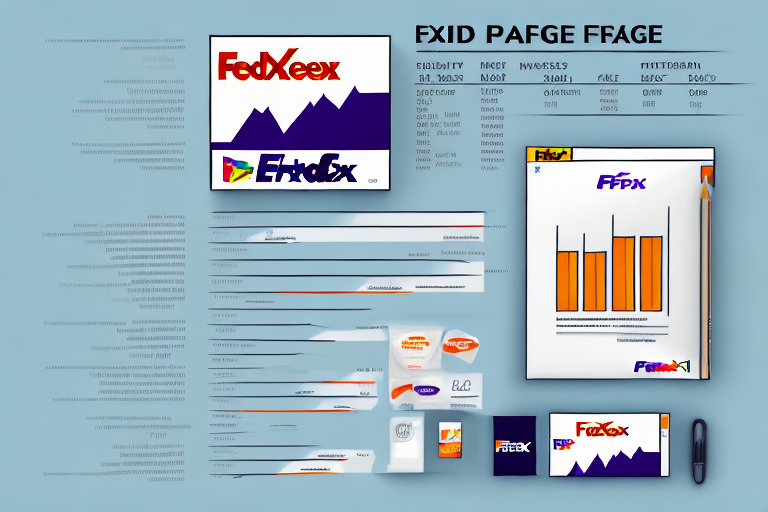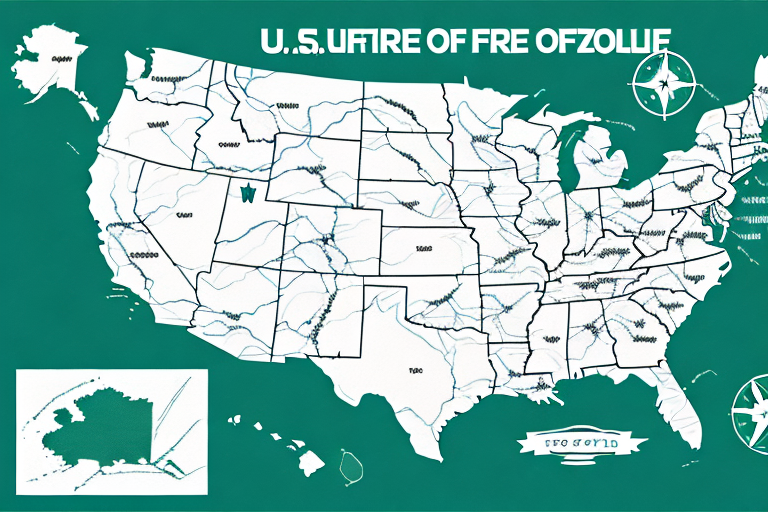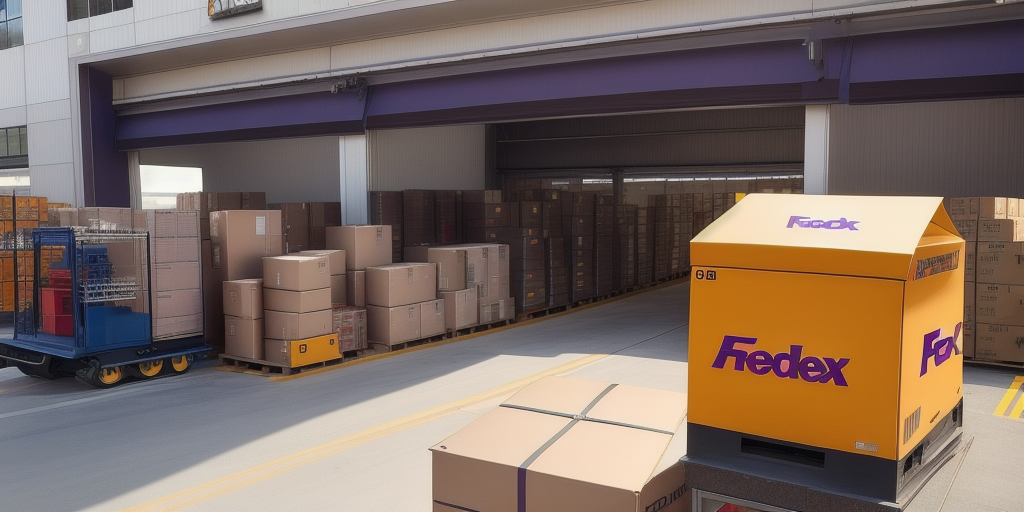Understanding FedEx Package Rates: A Comprehensive Overview
FedEx is one of the most popular shipping carriers in the world, known for its prompt delivery, exceptional customer service, and competitive pricing. However, determining package rates can be challenging as they vary based on several factors. In this article, we provide a comprehensive overview of how FedEx calculates shipping rates, factors affecting costs, and tips to save on your shipping expenses.
How FedEx Calculates Shipping Rates
FedEx calculates shipping rates based on a combination of factors including:
- Distance: The distance between the origin and destination affects the rate.
- Service Type: Options range from same-day delivery to ground shipping, each with different costs.
- Package Weight and Dimensions: Heavier or larger packages typically incur higher rates. Dimensional weight may also apply.
- Additional Services: Services like insurance, signature confirmation, or special handling can increase costs.
- Volume Discounts: Higher shipping volumes may qualify for discounted rates.
During peak seasons, such as holiday periods, rates may increase due to higher demand and limited capacity.
Use of Automated Shipping Tools
FedEx offers automated tools that can help frequent shippers manage their shipments efficiently and potentially reduce costs through streamlined processes and volume-based discounts.
Factors Influencing FedEx Package Rates
Several key factors can impact your FedEx shipping costs:
Package Size and Weight
The size and weight of your package are primary determinants of the shipping cost. Packages that are larger or heavier than standard sizes will generally cost more to ship.
Shipping Distance and Destination
The distance your package needs to travel, as well as the specific destination, influences pricing. International shipments may incur additional fees such as customs duties and taxes.
Time of Year
Shipping rates can fluctuate based on the time of year. For instance, holiday seasons may see higher rates due to increased demand.
Type of Goods Shipped
Items that require special handling, such as hazardous materials or fragile goods, may attract higher shipping costs due to the need for extra precautions and packaging.
Choosing the Right FedEx Service for Your Package
Selecting the appropriate FedEx service depends on your specific needs:
- FedEx First Overnight: Ideal for next-morning deliveries.
- FedEx Ground: A cost-effective option for non-urgent shipments.
- FedEx Express: Suitable for fast, reliable deliveries with guaranteed timelines.
- FedEx Home Delivery: Designed for residential shipments with flexible delivery options.
- FedEx International Services: Offers various options for shipping abroad, including priority and economy services.
Consider the destination and the required delivery speed when choosing the service type to optimize cost and efficiency.
International Shipping Considerations
If shipping internationally, ensure that you understand the customs requirements and choose services that offer customs clearance assistance to avoid delays and additional fees.
FedEx Shipping Options
FedEx provides a wide array of shipping options to cater to different needs:
- FedEx Express: Provides expedited shipping services, including overnight and two-day delivery options.
- FedEx Ground: An economical choice for shipments that do not require expedited delivery.
- FedEx Home Delivery: Focuses on residential deliveries with flexible scheduling.
- FedEx SmartPost: Collaborates with USPS for last-mile delivery, ideal for lightweight packages.
- FedEx Freight: Specializes in shipping heavy and large items.
Benefits of FedEx SmartPost
FedEx SmartPost leverages the USPS network for the final delivery stretch, offering lower rates for lightweight packages while maintaining FedEx's pickup and tracking capabilities.
Strategies to Save on FedEx Shipping Costs
Implementing the following strategies can help reduce your FedEx shipping expenses:
- Negotiate Rates: If you are a frequent shipper, negotiate with FedEx for better rates based on your shipping volume.
- Use a Shipping Calculator: Utilize FedEx's online rate calculator to compare different service options and select the most cost-effective one.
- Optimize Packaging: Use appropriately sized, sturdy packaging to minimize dimensional weight and potential damage during transit.
- Leverage Discounts: Take advantage of FedEx's discounts for small businesses, non-profits, or by joining their rewards programs.
- Consolidate Shipments: Combine multiple packages into a single shipment to reduce overall shipping costs.
FedEx SmartPost for Cost Savings
Utilizing FedEx SmartPost for lightweight shipments can lead to significant cost savings, though delivery times may be longer compared to standard FedEx services.
Comparing FedEx with Other Shipping Carriers
When selecting a shipping carrier, it's essential to compare FedEx rates and services with other providers to ensure you are getting the best deal. Major competitors include:
- USPS: Often more cost-effective for small or lightweight packages, with extensive domestic coverage.
- UPS: Similar service offerings to FedEx, with competitive pricing and reliable delivery options.
- DHL: Specializes in international shipping with robust global networks.
- Amazon Logistics: Suitable for businesses with large volumes of shipments within the Amazon ecosystem.
Consider factors such as delivery speed, reliability, customer service, and cost when comparing carriers.
Using a FedEx Rate Calculator to Estimate Shipping Costs
A FedEx rate calculator is an invaluable tool for estimating shipping costs based on:
- Package Dimensions and Weight: Enter the size and weight of your package to determine applicable rates.
- Origin and Destination: Specify where the package is being sent to compute distance-based pricing.
- Service Type: Compare different FedEx services to find the most cost-effective option.
Note that the rate calculator provides estimates, and actual costs may vary due to factors such as fuel surcharges or additional services. Always verify with FedEx before finalizing your shipment to avoid any surprises or unexpected charges.
Understanding Additional Fees and Surcharges
In addition to base rates, FedEx may apply extra fees and surcharges, including:
- Residential Delivery Surcharge: Additional fee for delivering to residential addresses.
- Remote Area Surcharge: Extra cost for delivering to remote or hard-to-reach locations.
- Fuel Surcharge: Variable fee based on current fuel prices.
- Special Handling Fees: Charges for handling items that require extra care.
Being aware of these additional costs helps in accurately budgeting your shipping expenses.
Best Practices for Packaging to Minimize Costs and Ensure Safe Delivery
Proper packaging is crucial for minimizing shipping costs and ensuring your items arrive safely:
- Use Sturdy Materials: Employ corrugated boxes, bubble wrap, and packing peanuts to protect your items.
- Optimize Package Size: Use the smallest possible packaging that adequately protects your items to reduce dimensional weight charges.
- Secure Contents: Ensure items are well-secured within the package to prevent movement during transit.
- Accurate Labeling: Clearly label your package with the correct destination address and any necessary handling instructions.
Understanding FedEx’s size and weight limits can help avoid additional fees and ensure smooth shipping.
Conclusion
Understanding FedEx package rates is essential for businesses and individuals looking to optimize their shipping costs. By comprehending how rates are calculated, recognizing factors that influence costs, selecting the appropriate FedEx services, and implementing cost-saving strategies, you can effectively manage your shipping expenses. Additionally, proper packaging and being mindful of additional fees ensure your packages are delivered safely and efficiently. Regularly comparing FedEx with other carriers and utilizing available tools like the FedEx rate calculator further enhances your ability to make informed shipping decisions.






















